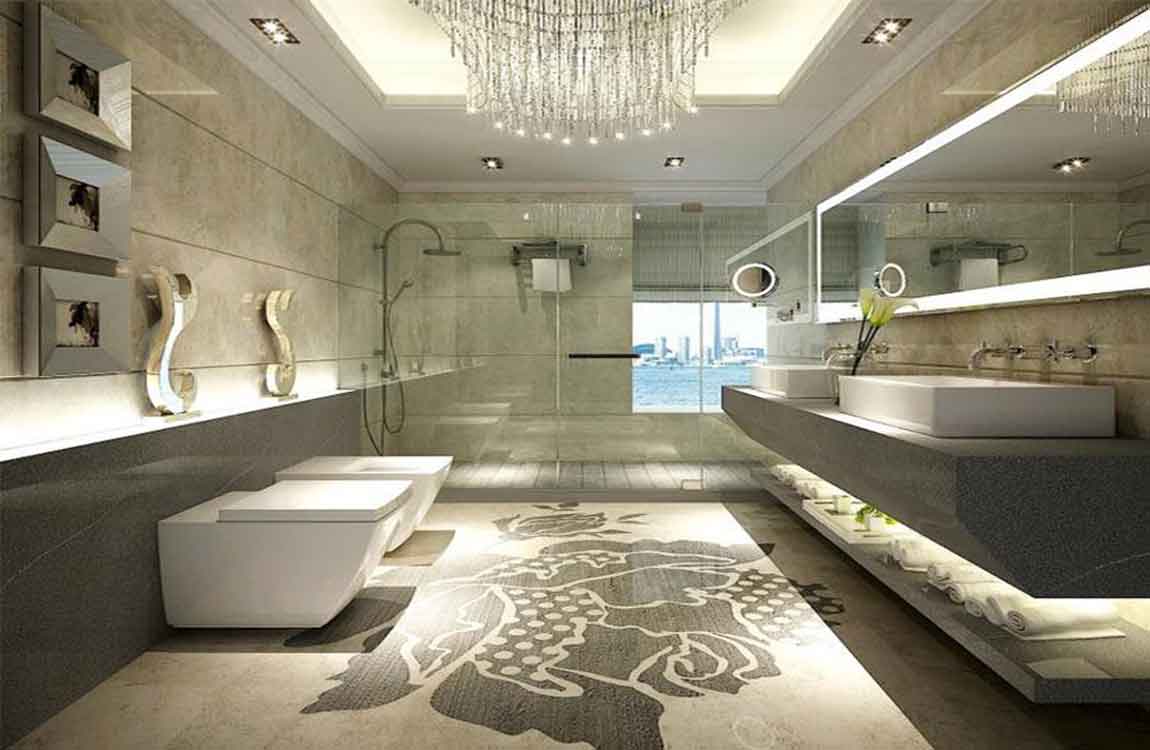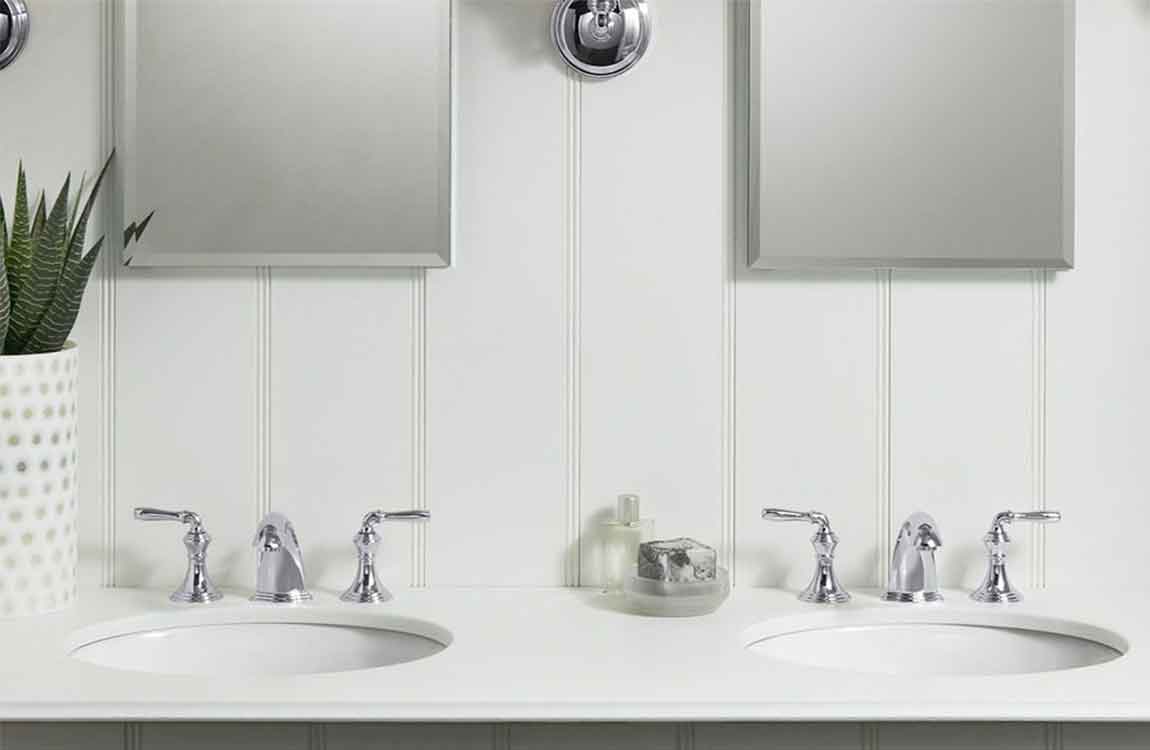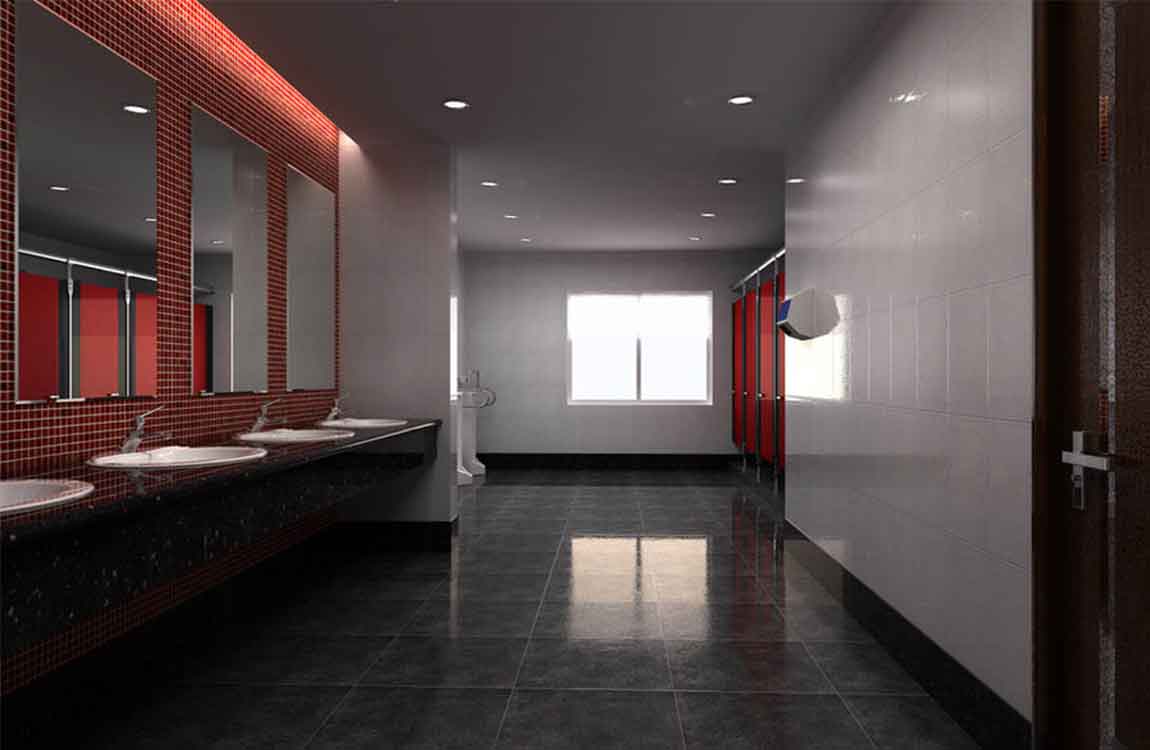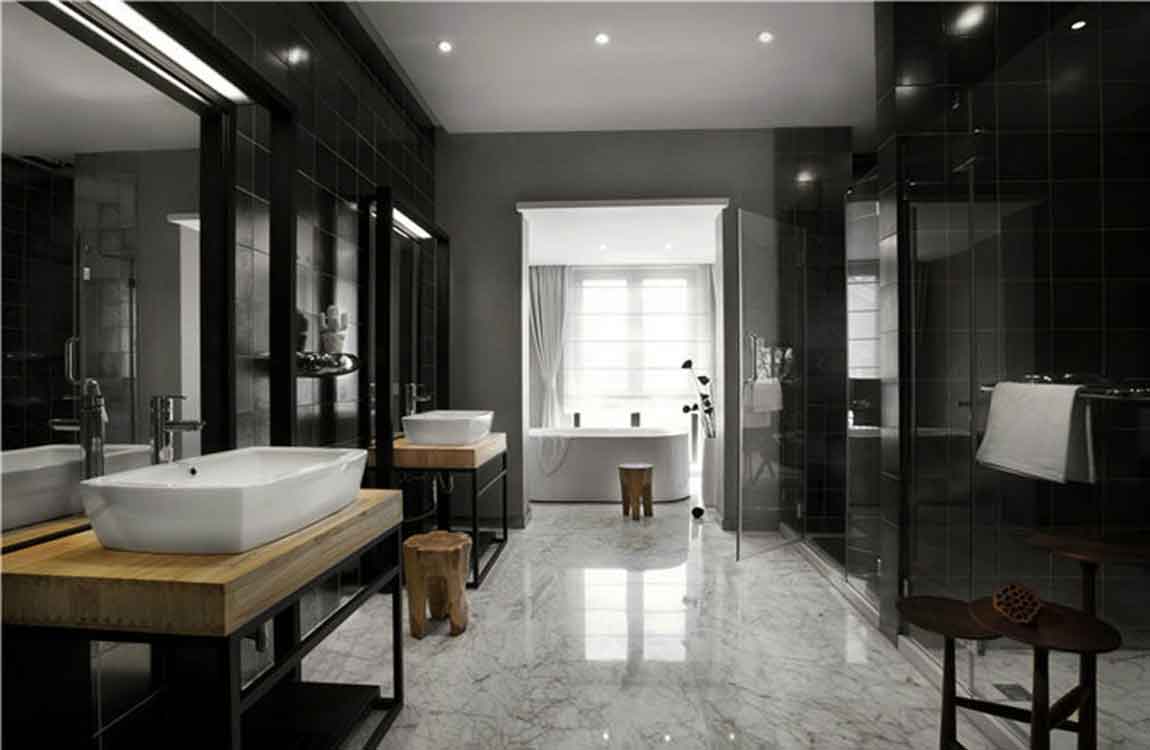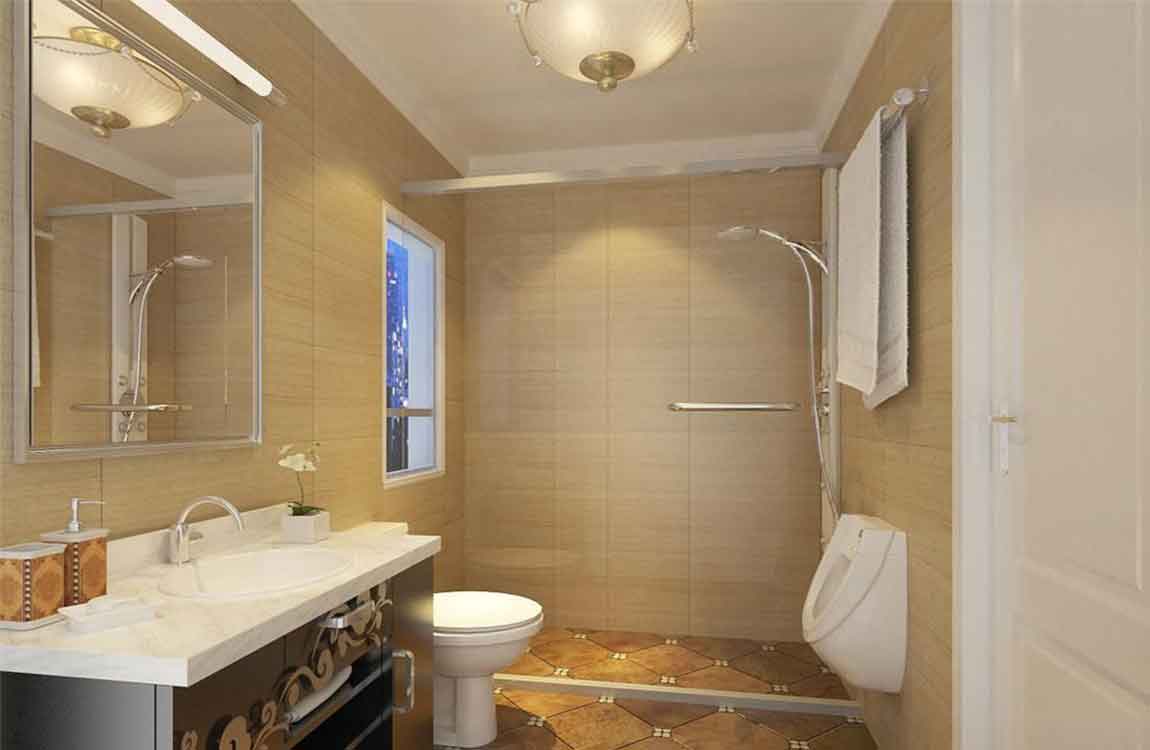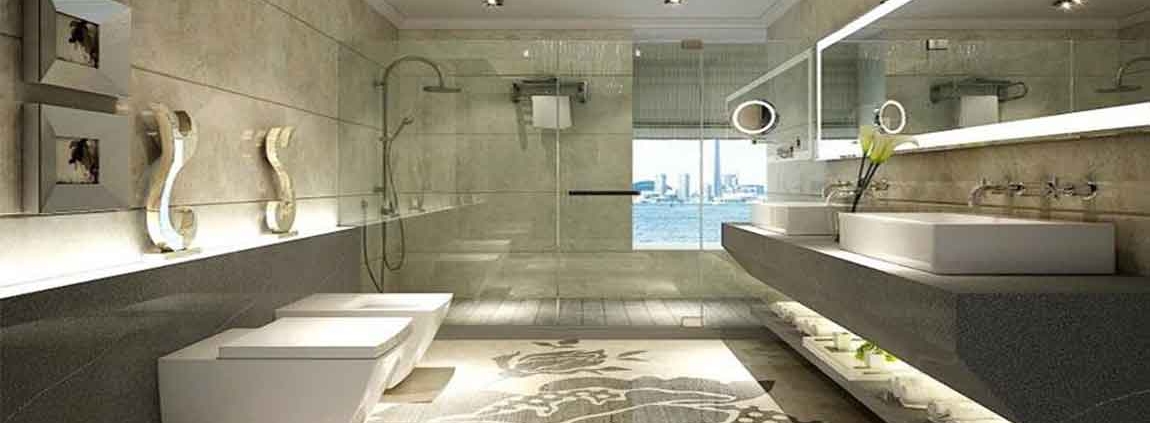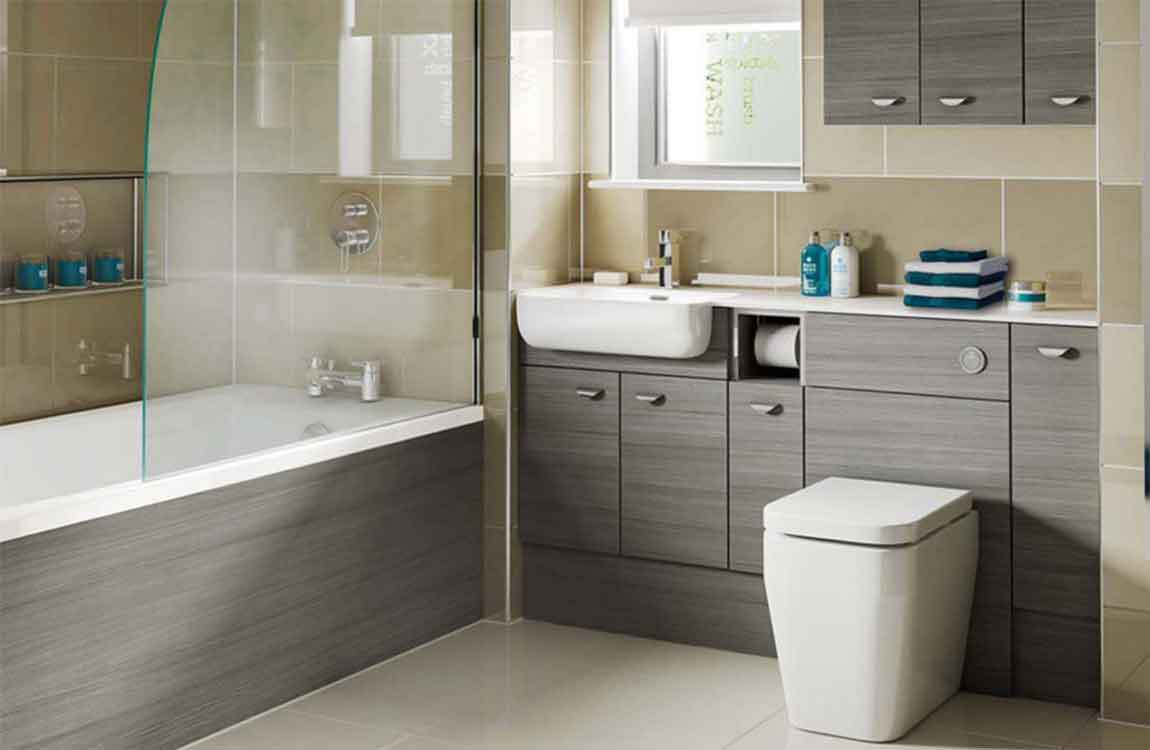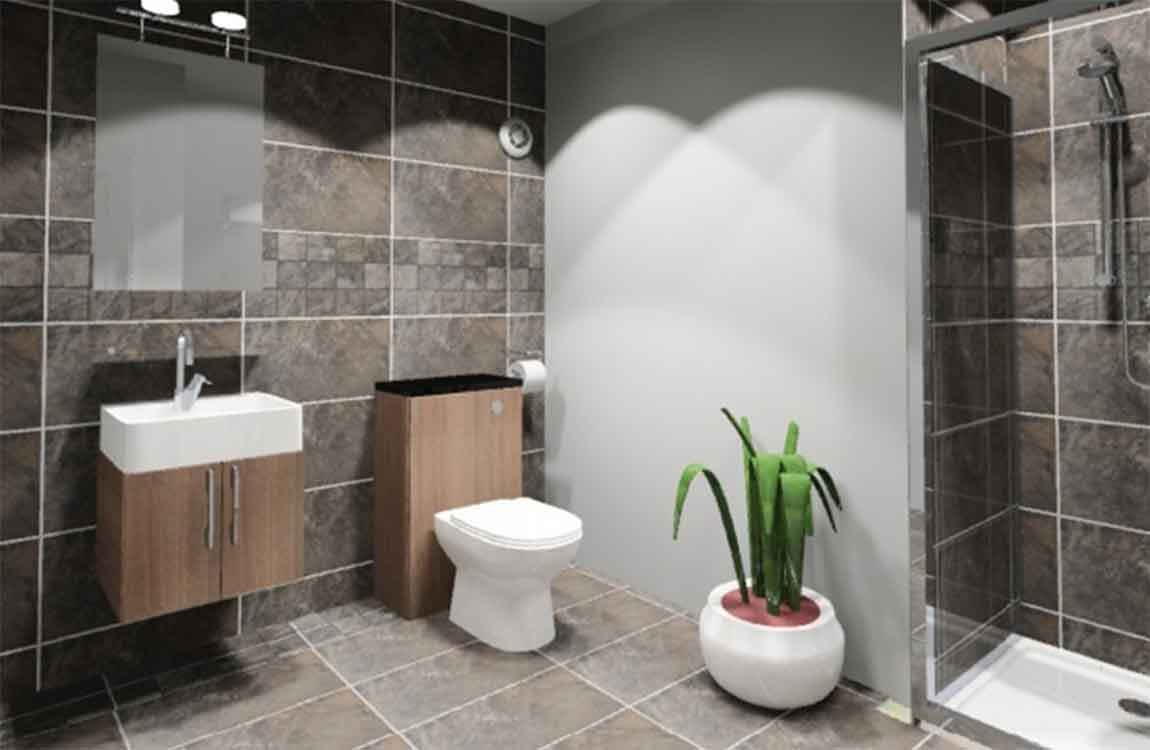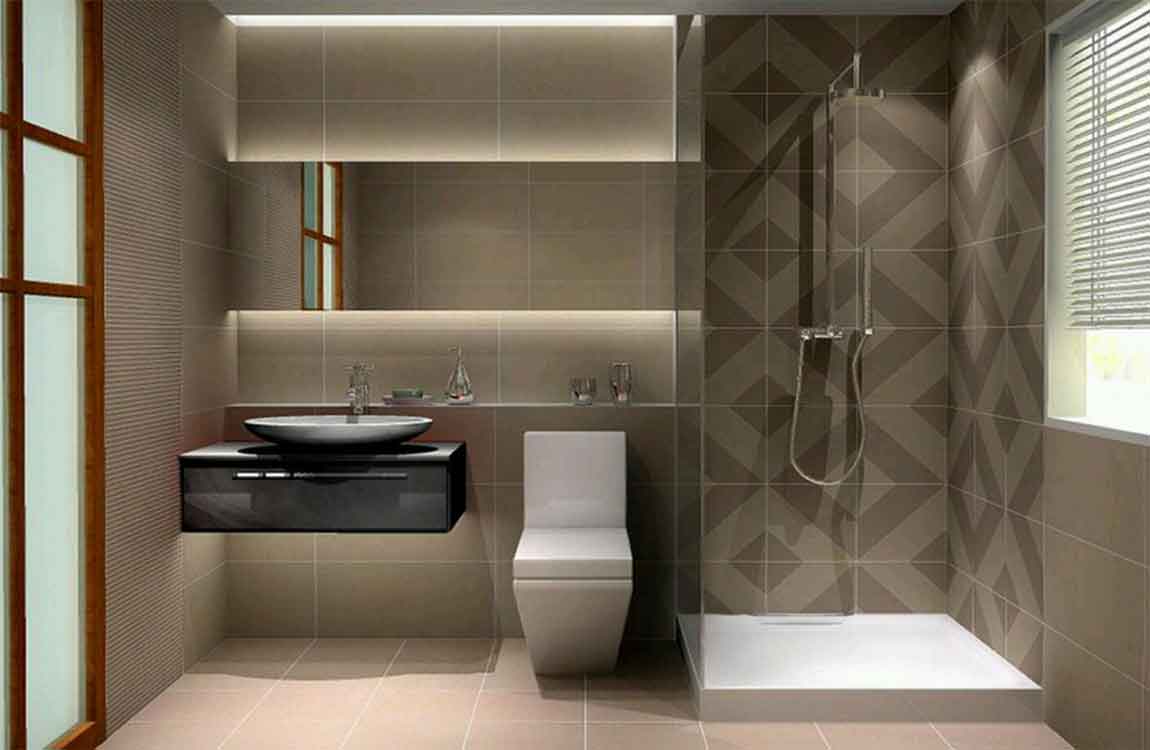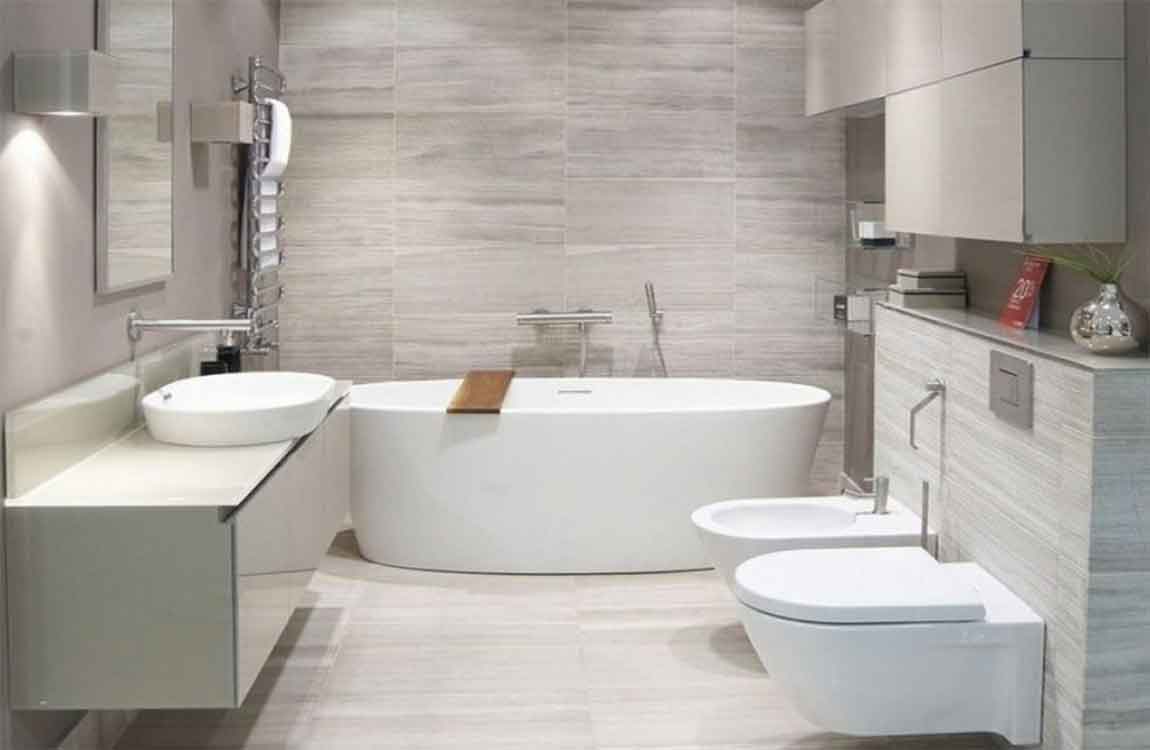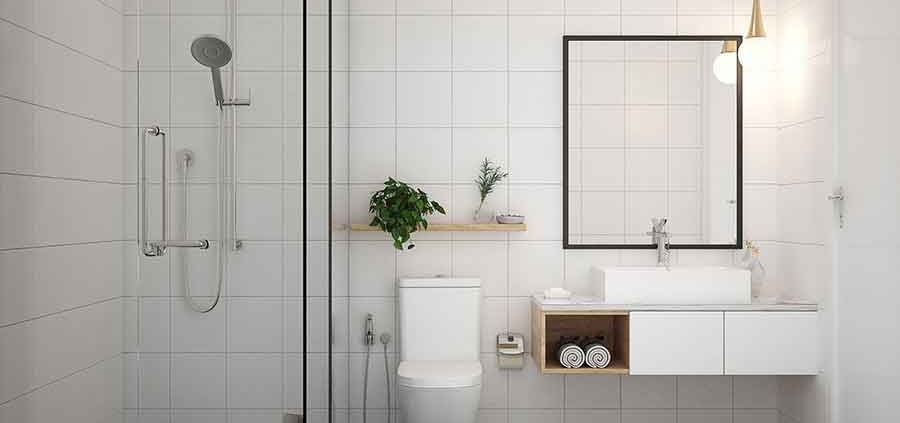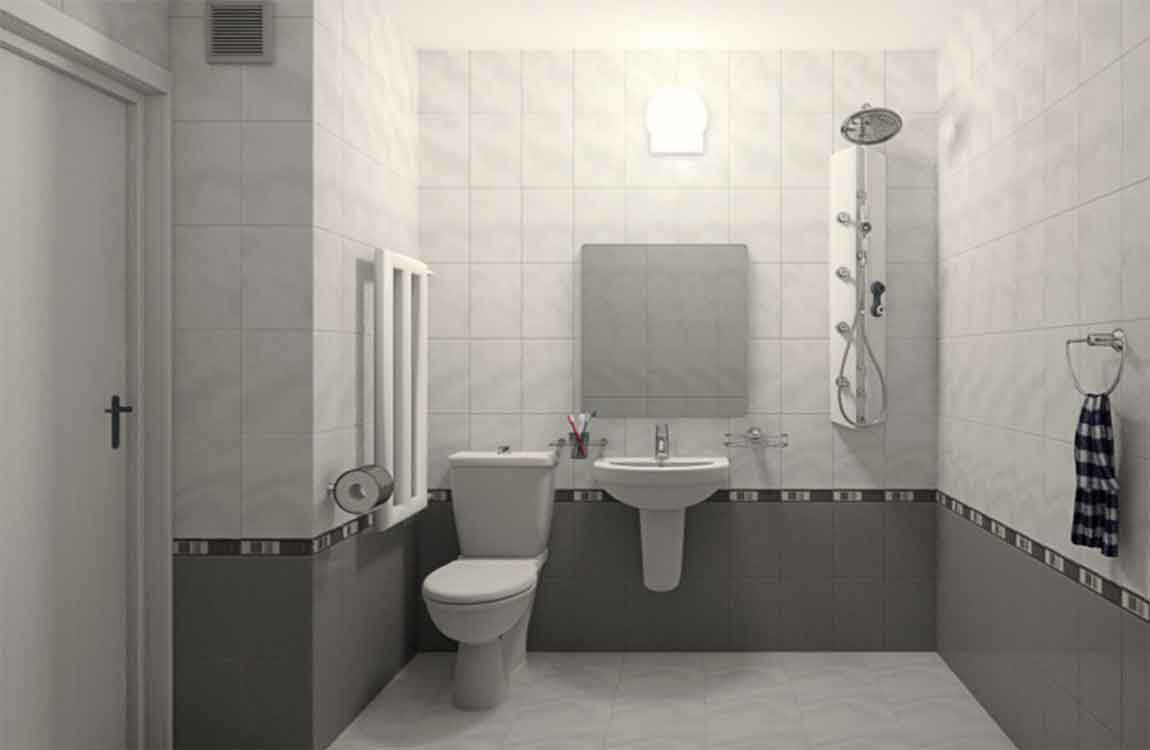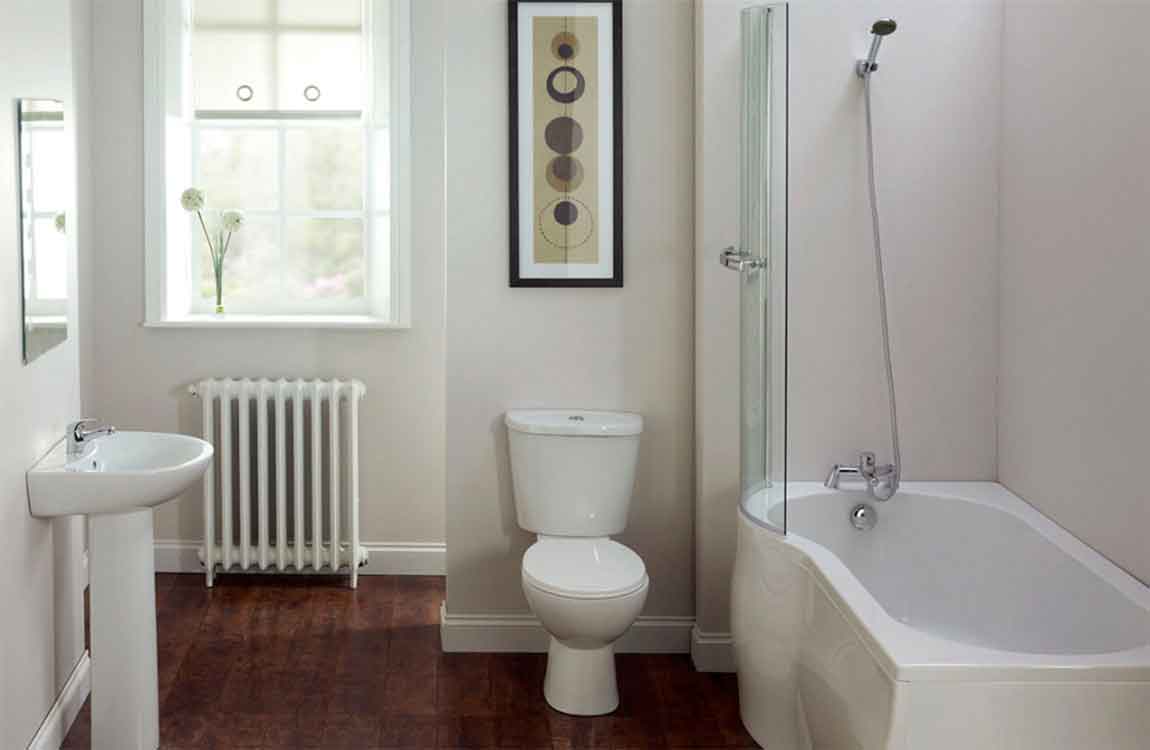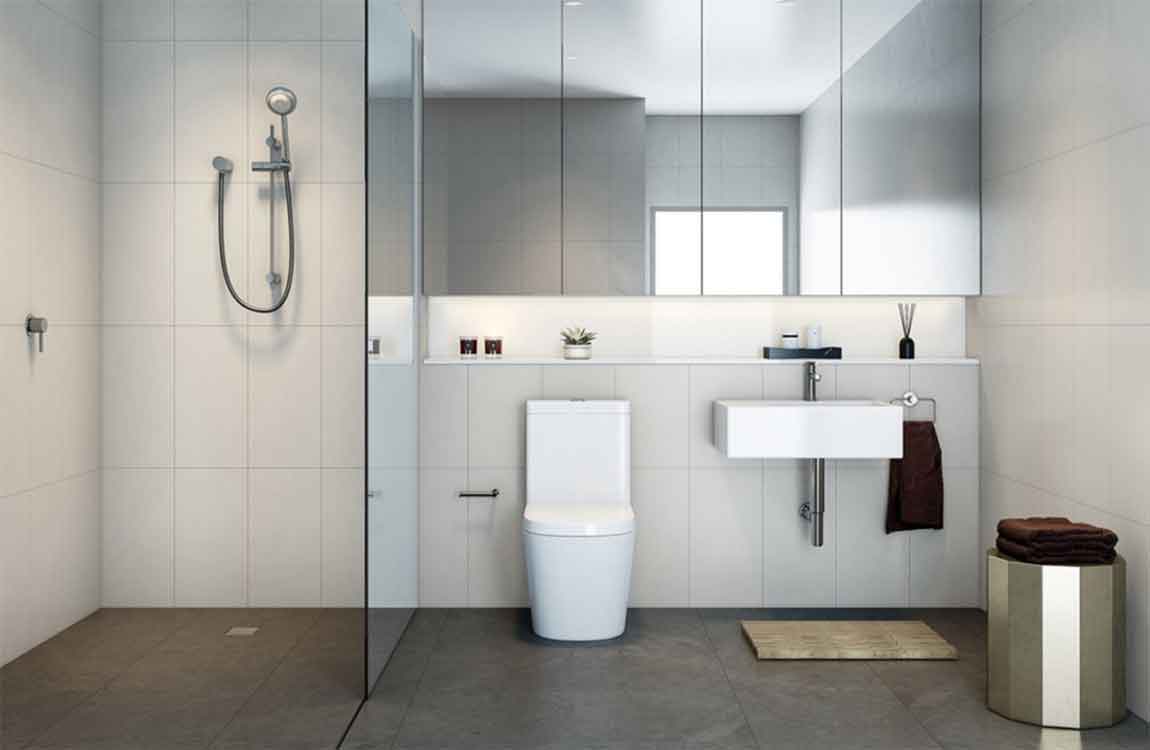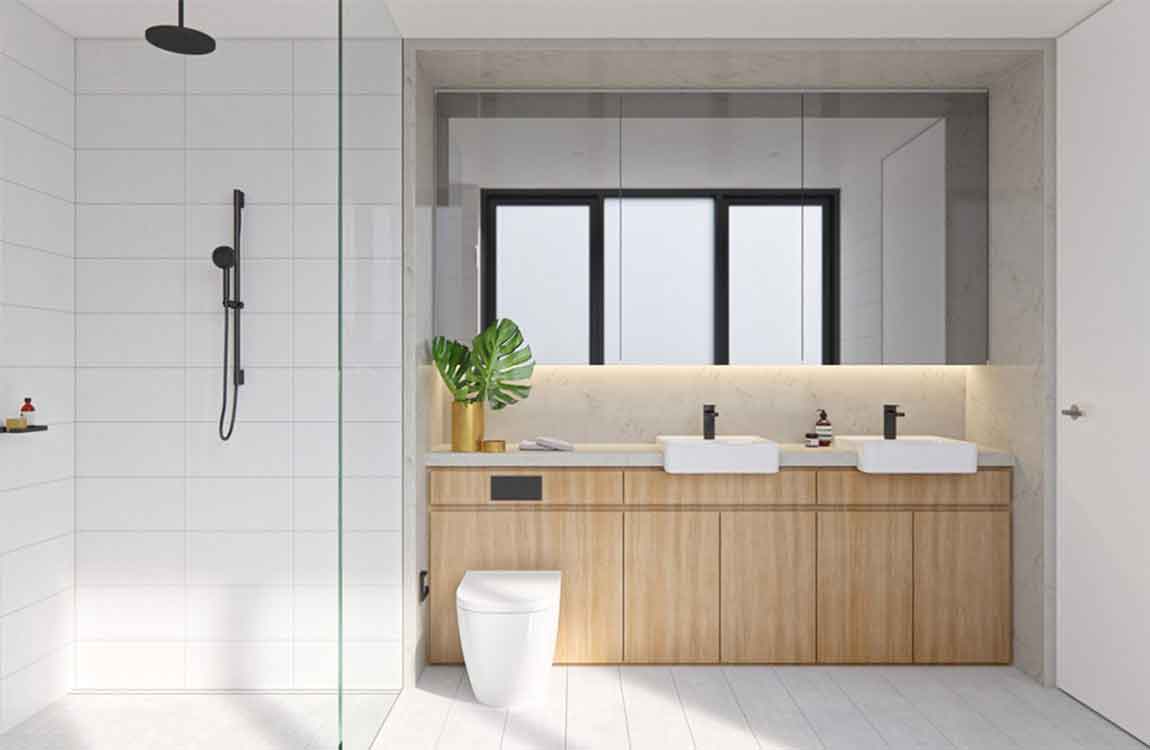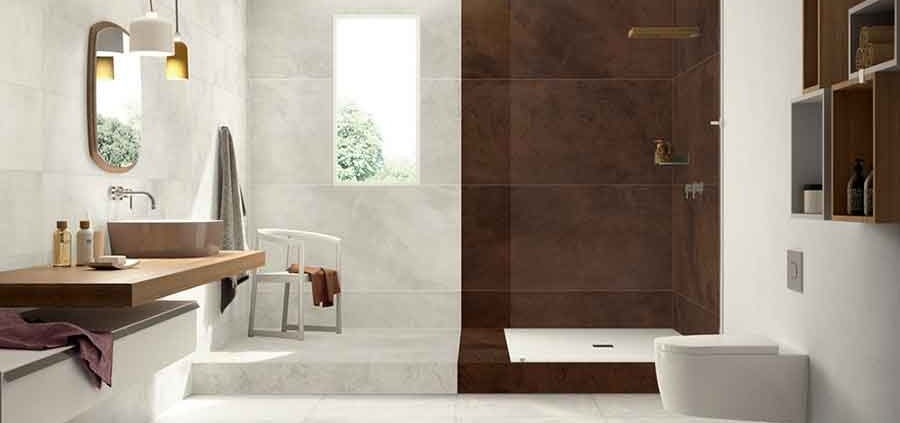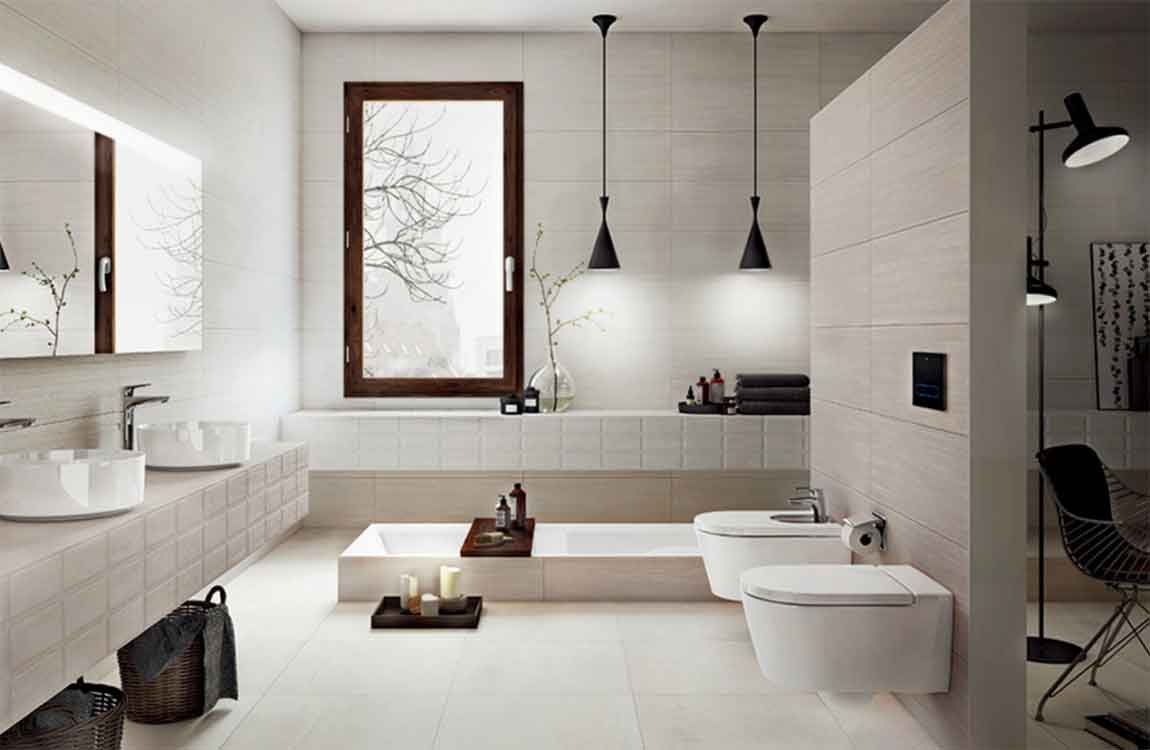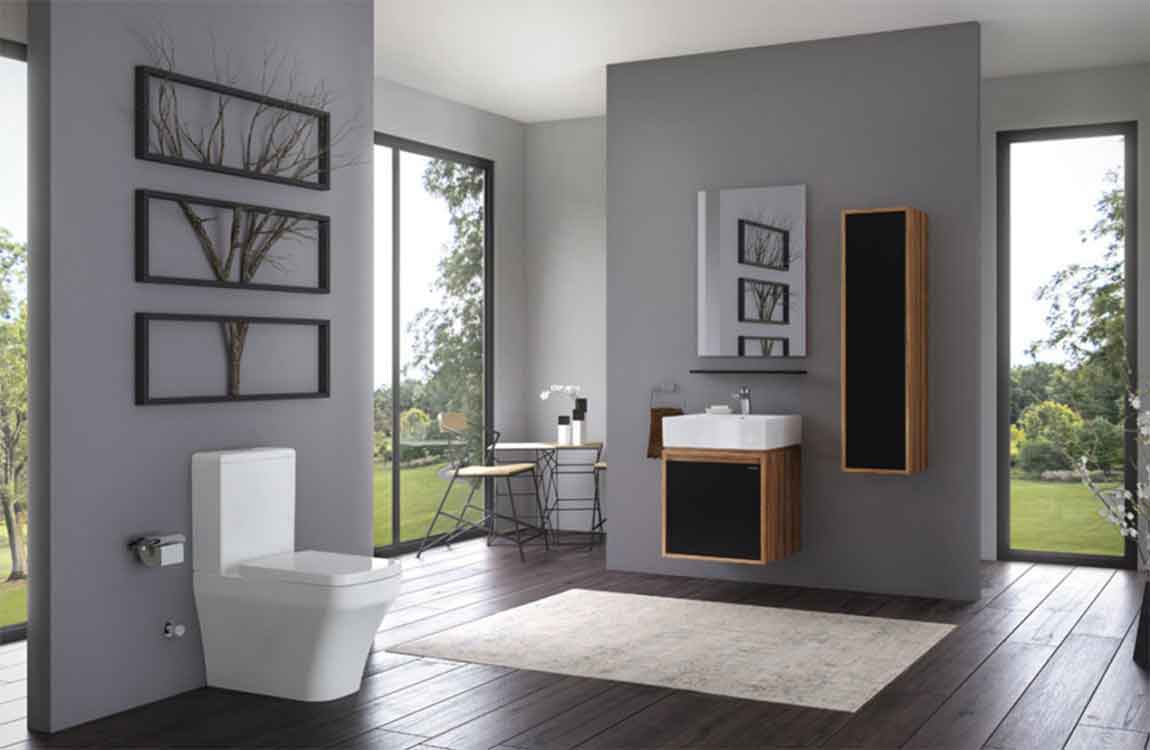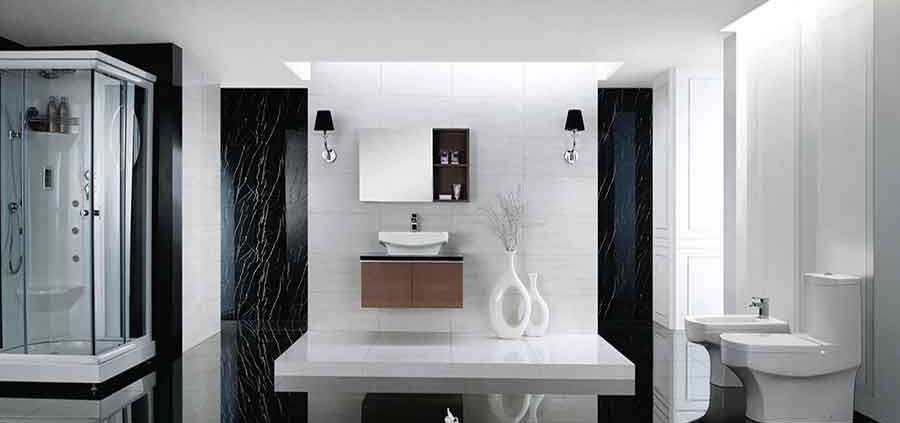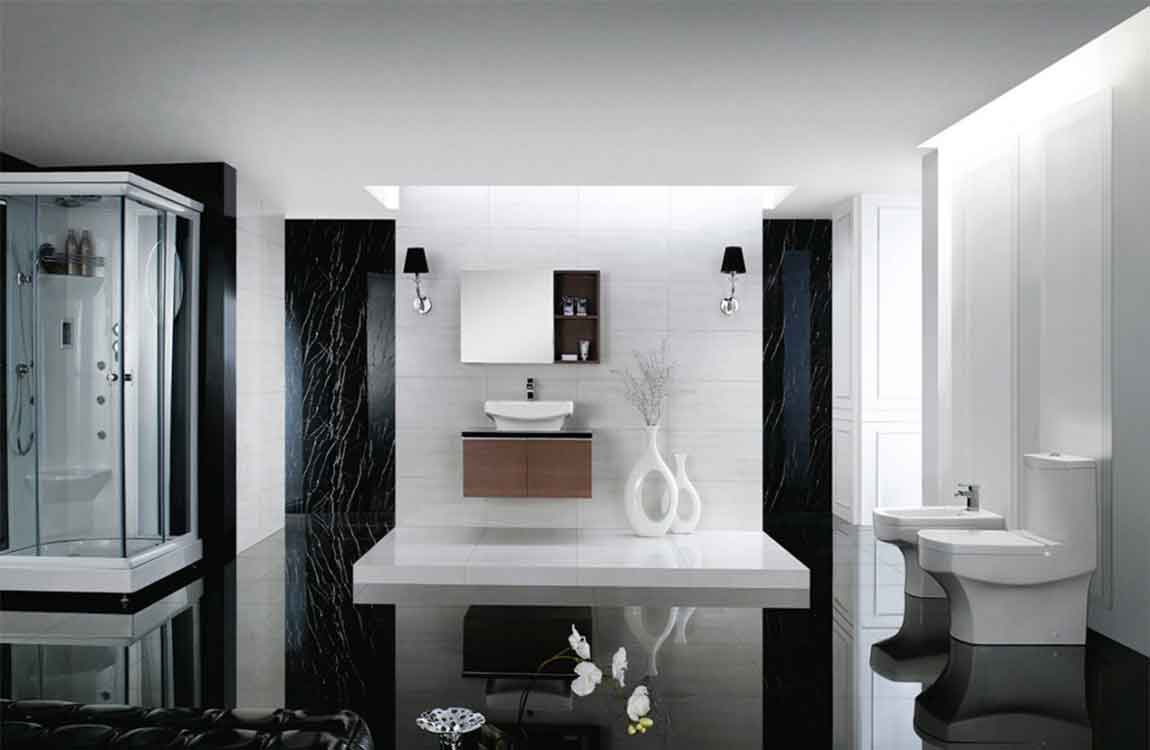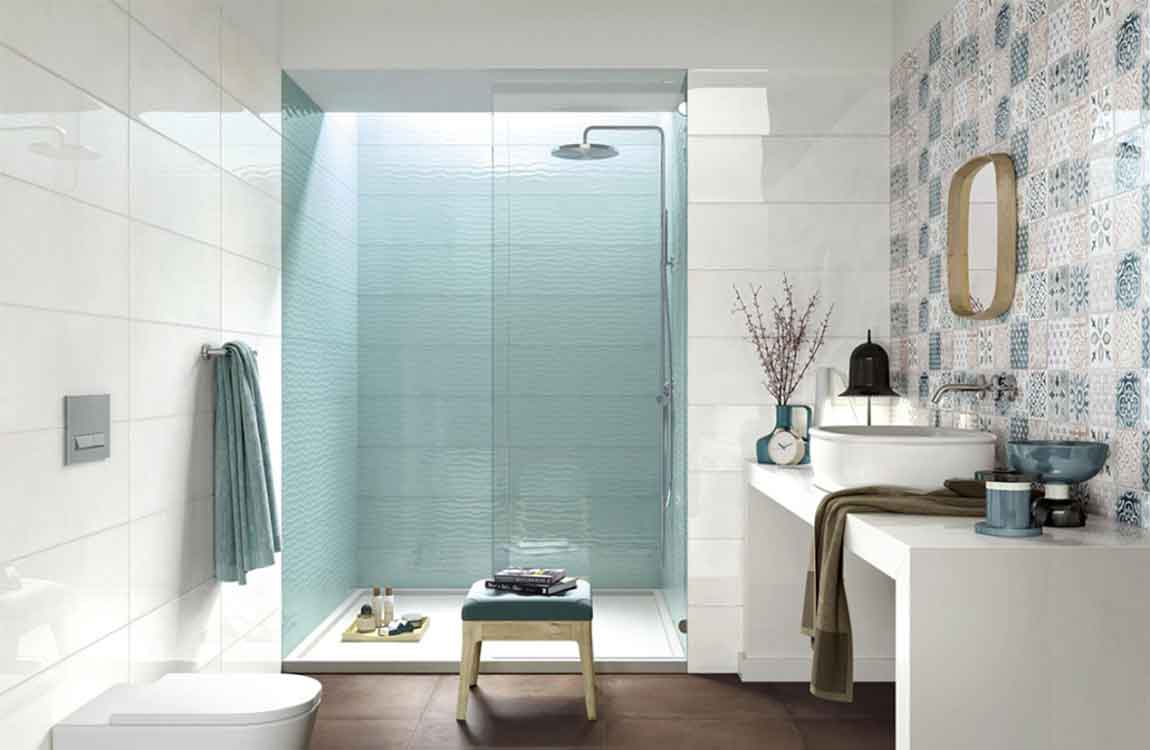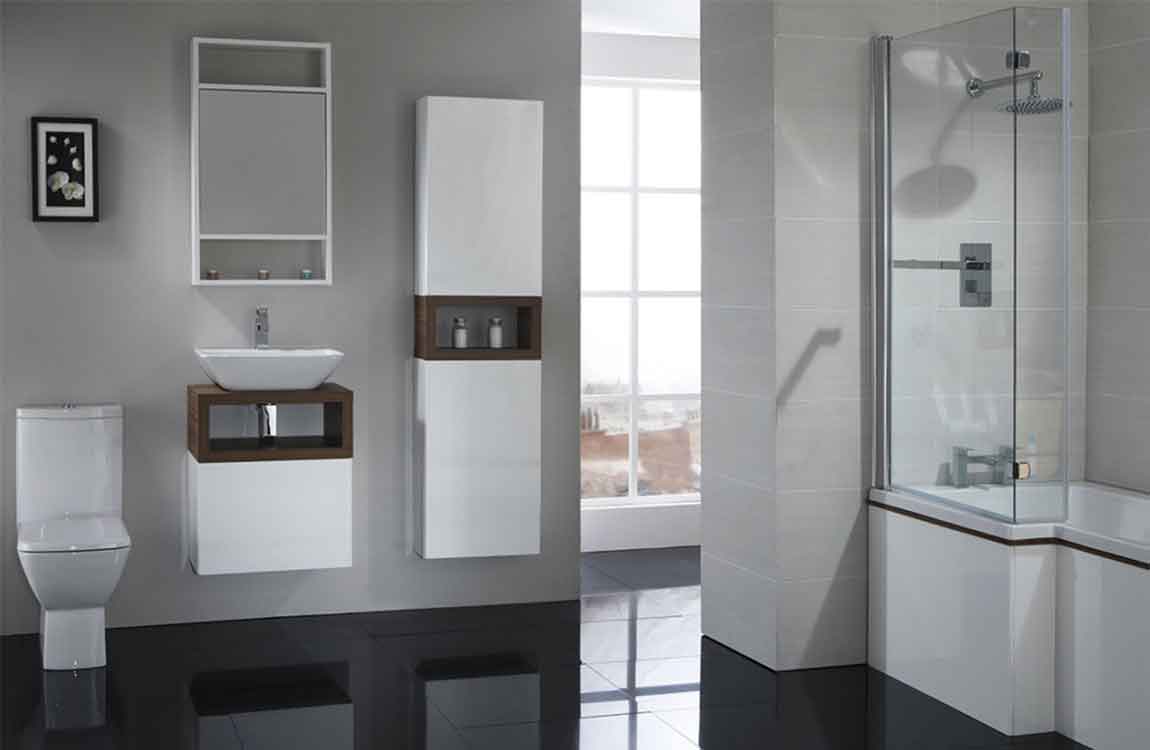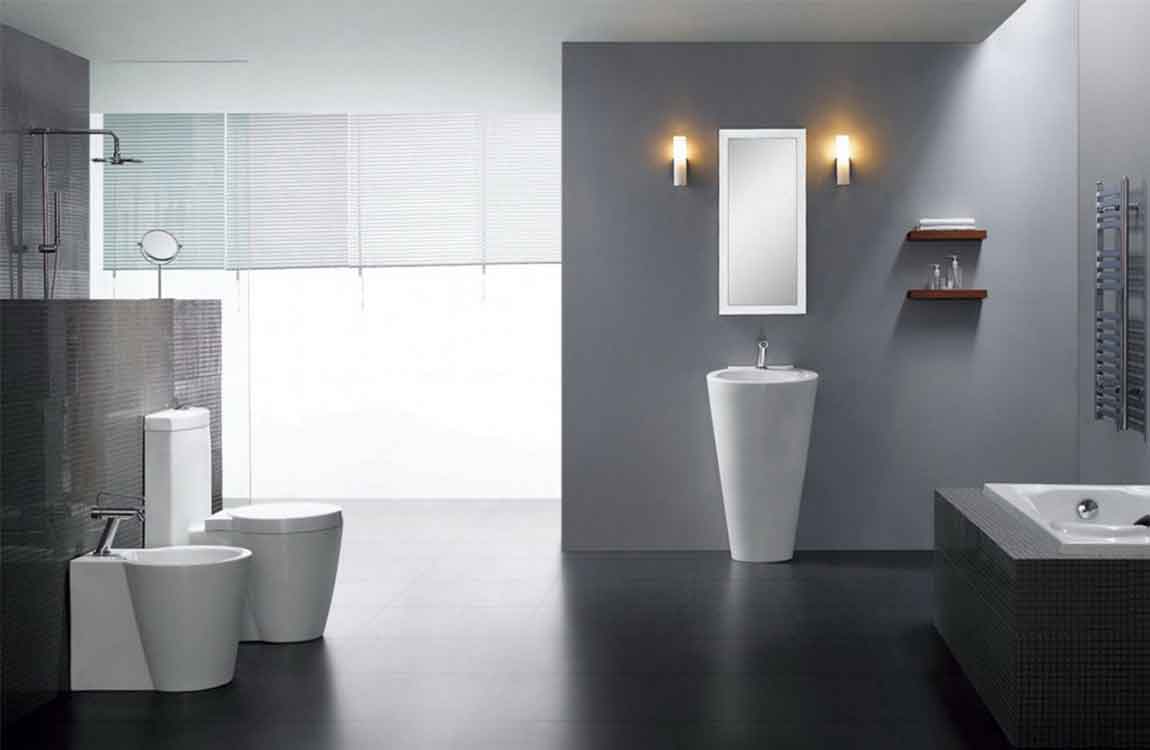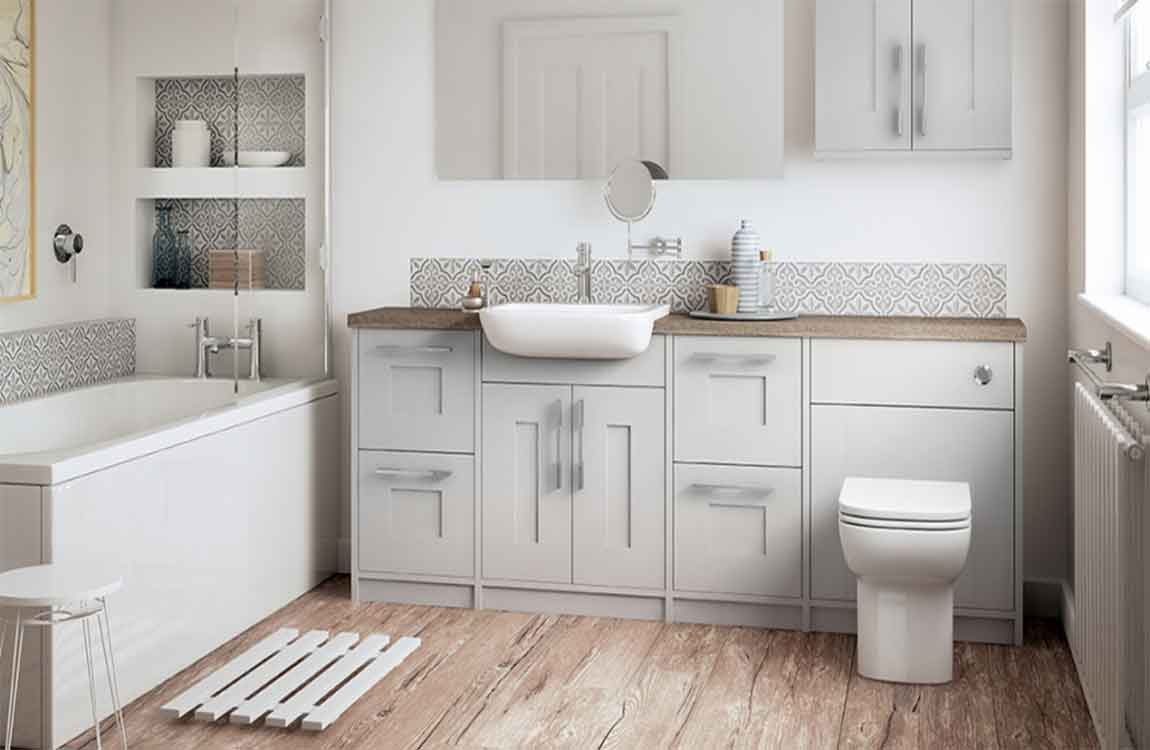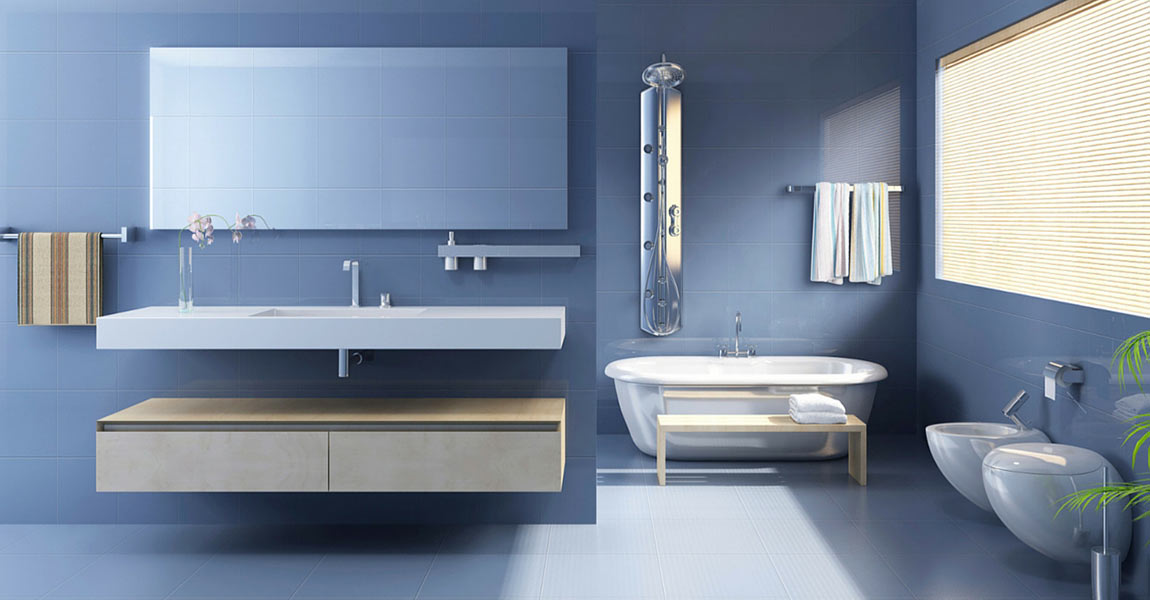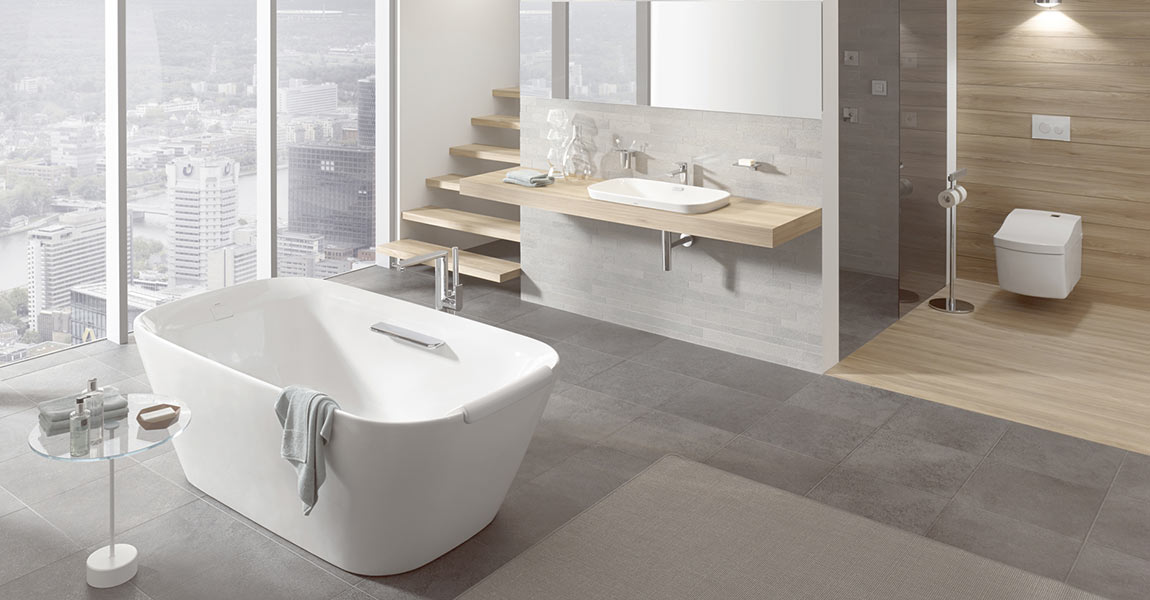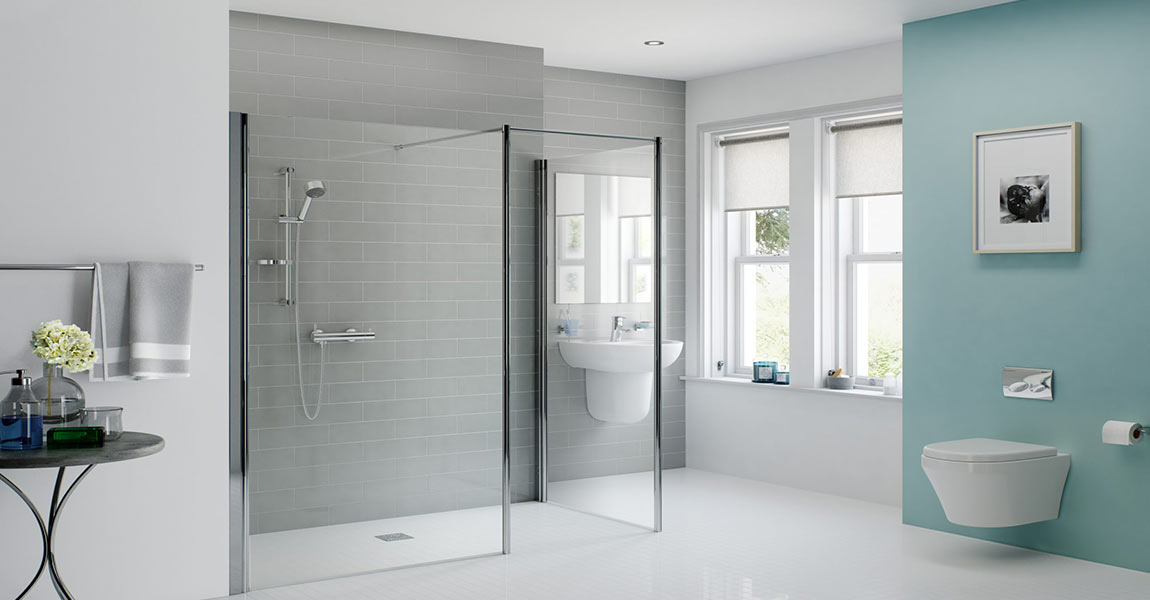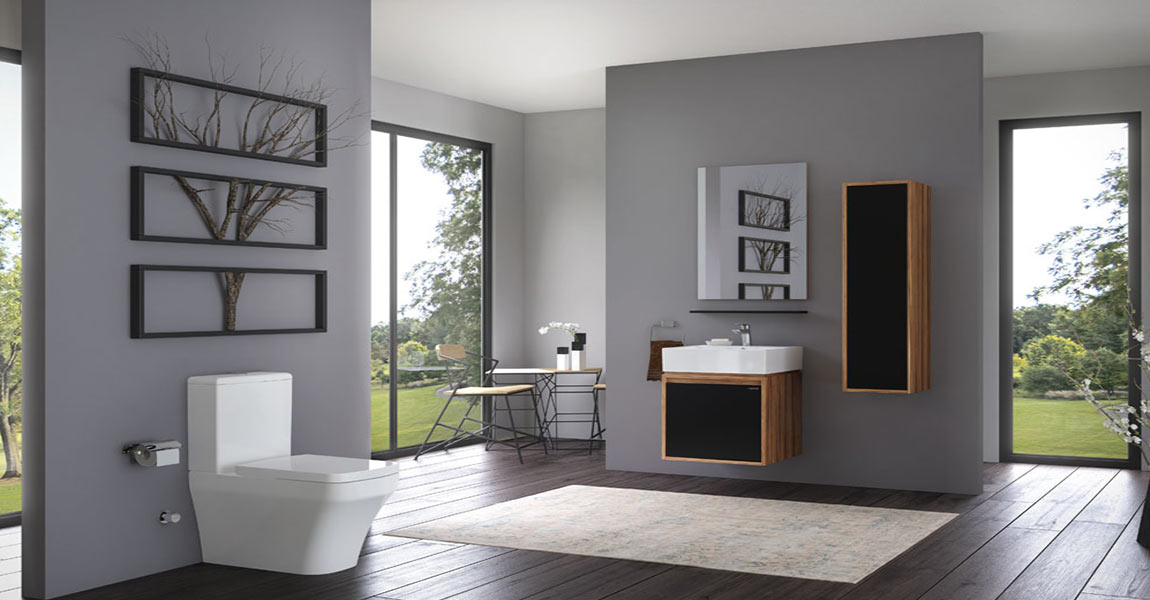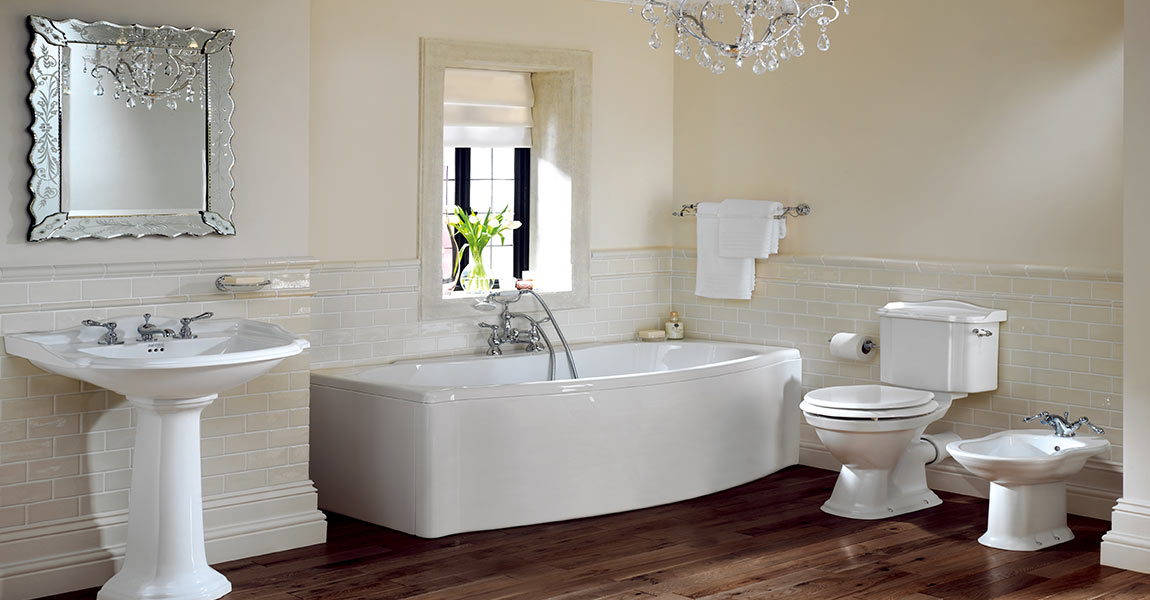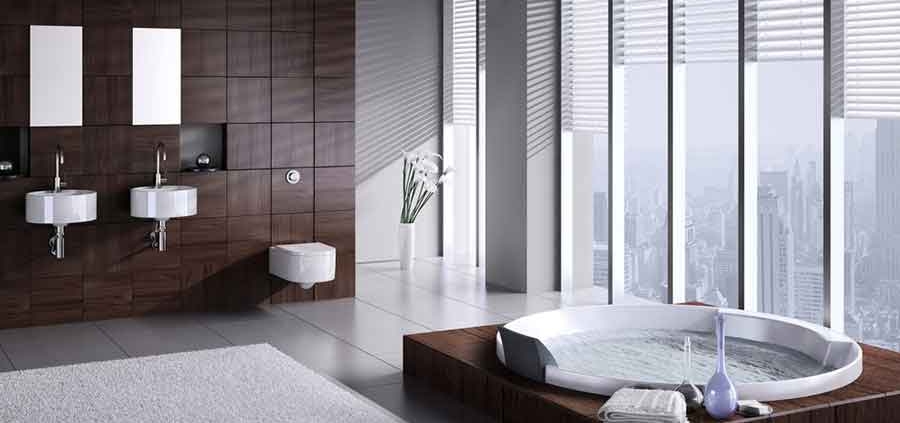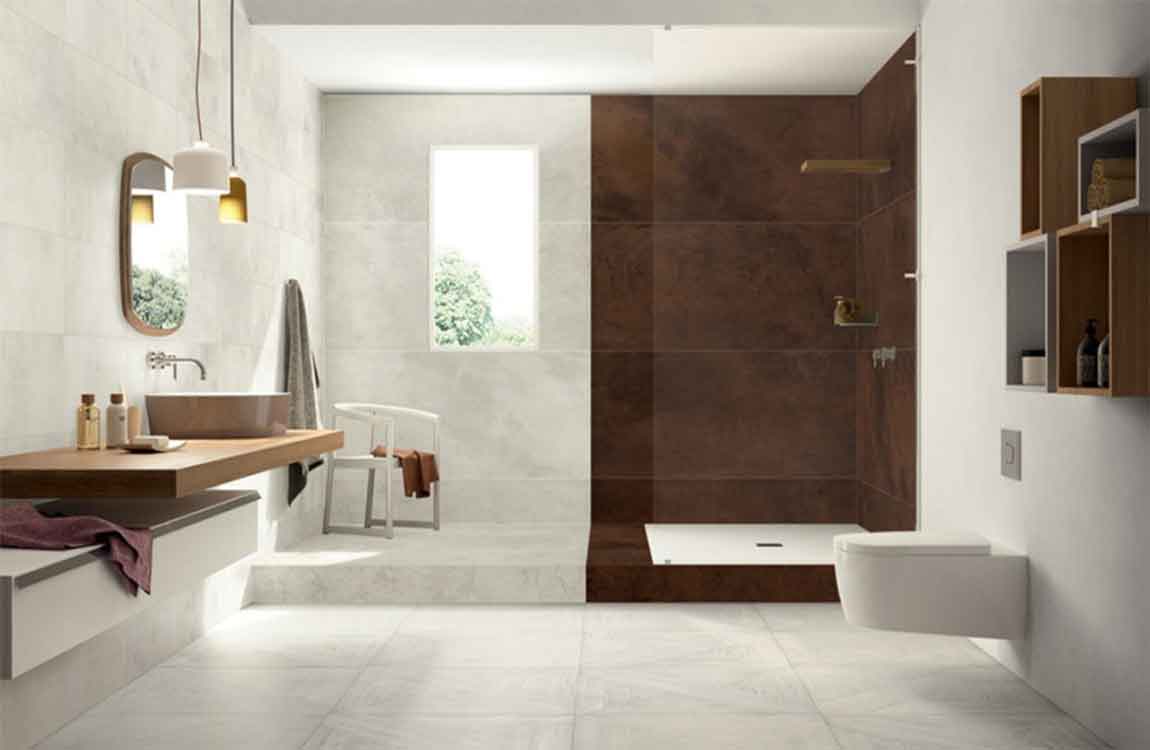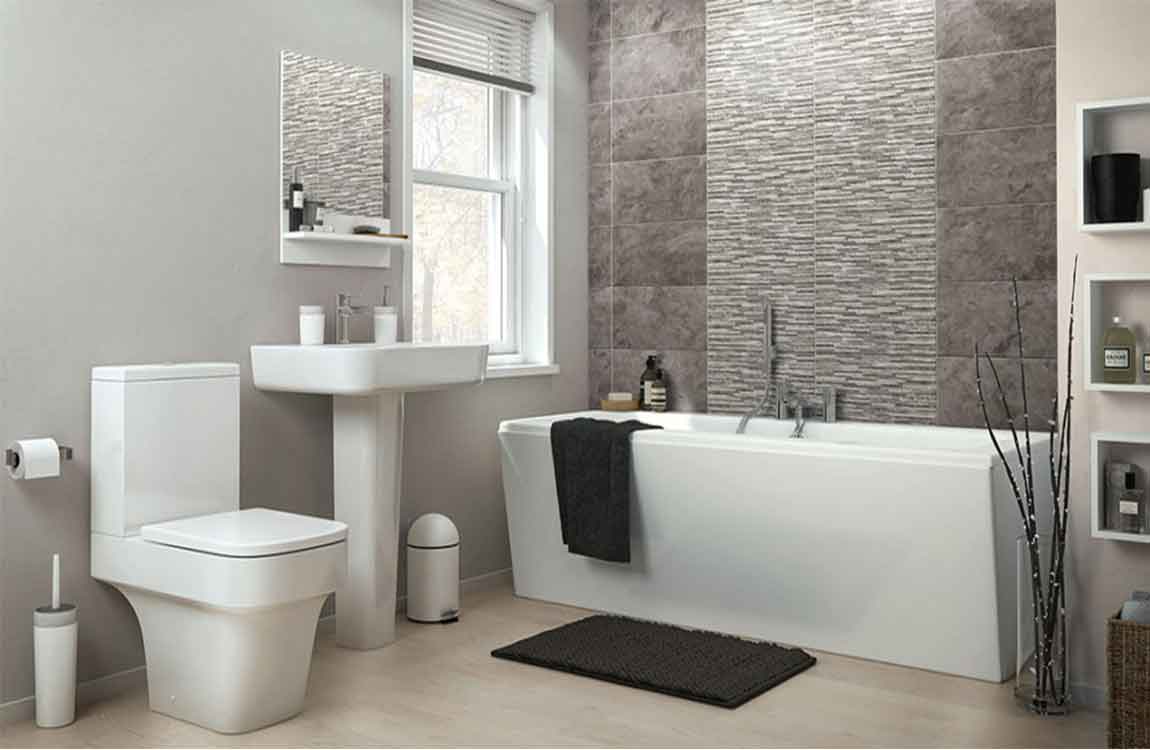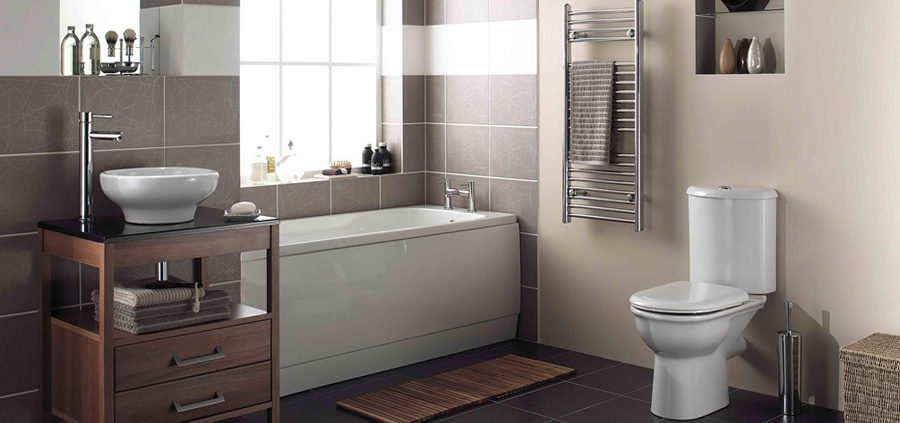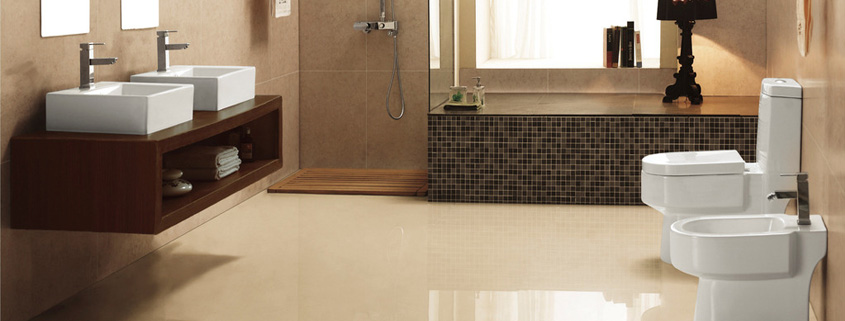Look at the appearance of the toilet. Careful inspection is very important. Choose toilet, the first thing to look at is the appearance, in the end what kind of toilet appearance is the best? The glaze is smooth and glossy. The quality of the toilet should be smooth without foaming and color saturation. After inspecting the outer surface glaze, you should also touch the toilet sewer, if rough, then easy to cause blockage.
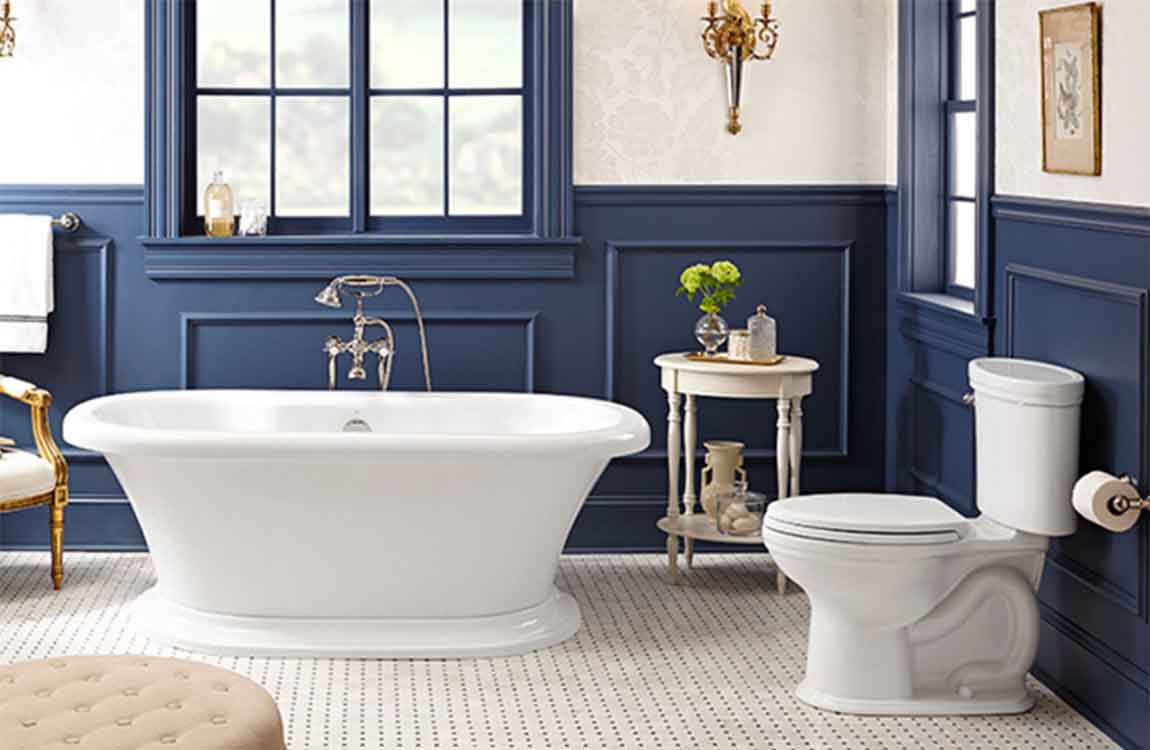
Knock on the toilet and listen to the sound. High temperature fired stool has low water absorption and is not easy to absorb sewage and produce peculiar smell. Medium and low-grade toilet water absorption is very high, easy to smell and difficult to clean, a long time, there will be cracks and leakage phenomenon. Test method: tap the toilet gently with the hand, if the voice is hoarse, not clear and loud, it is likely to crack, or the product is not cooked.
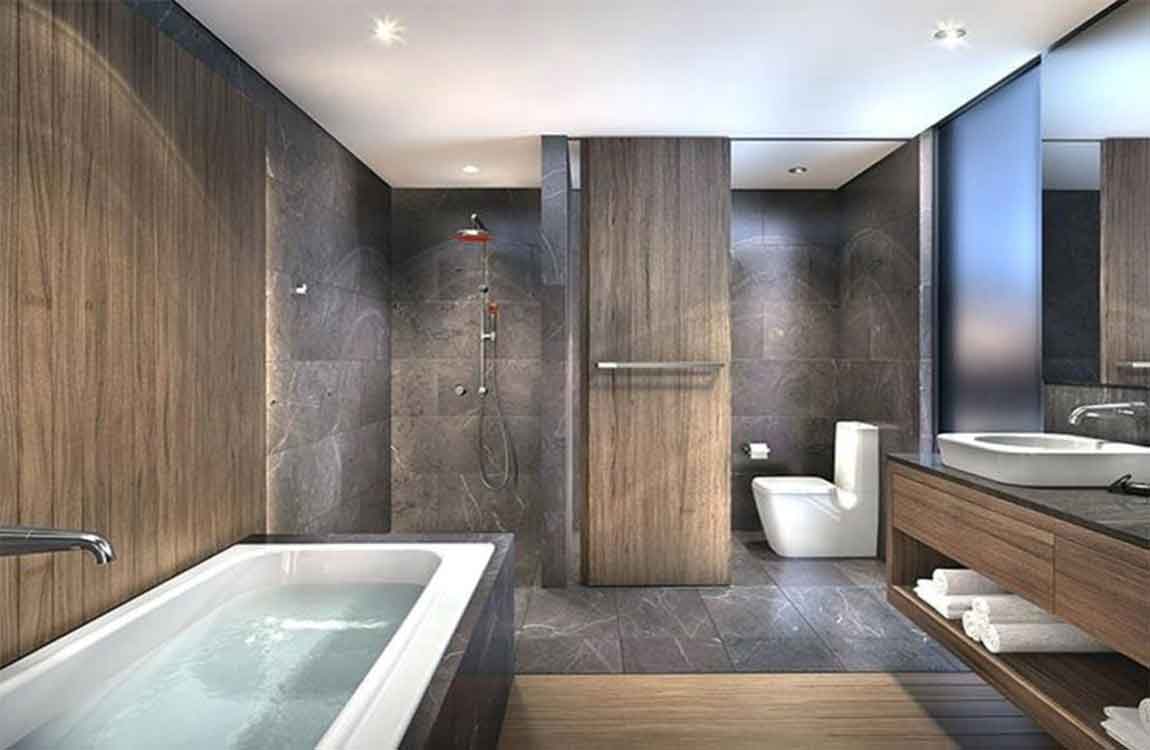
need to check the weight of the toilet. The average toilet weight is about 25kg, and a good toilet is about 50kg. High-grade toilet because of the high temperature when firing, reached the level of all-ceramic, so there will be a heavy feeling in the hands. Test method: pick up the lid of the water tank with both hands, and check the weight.
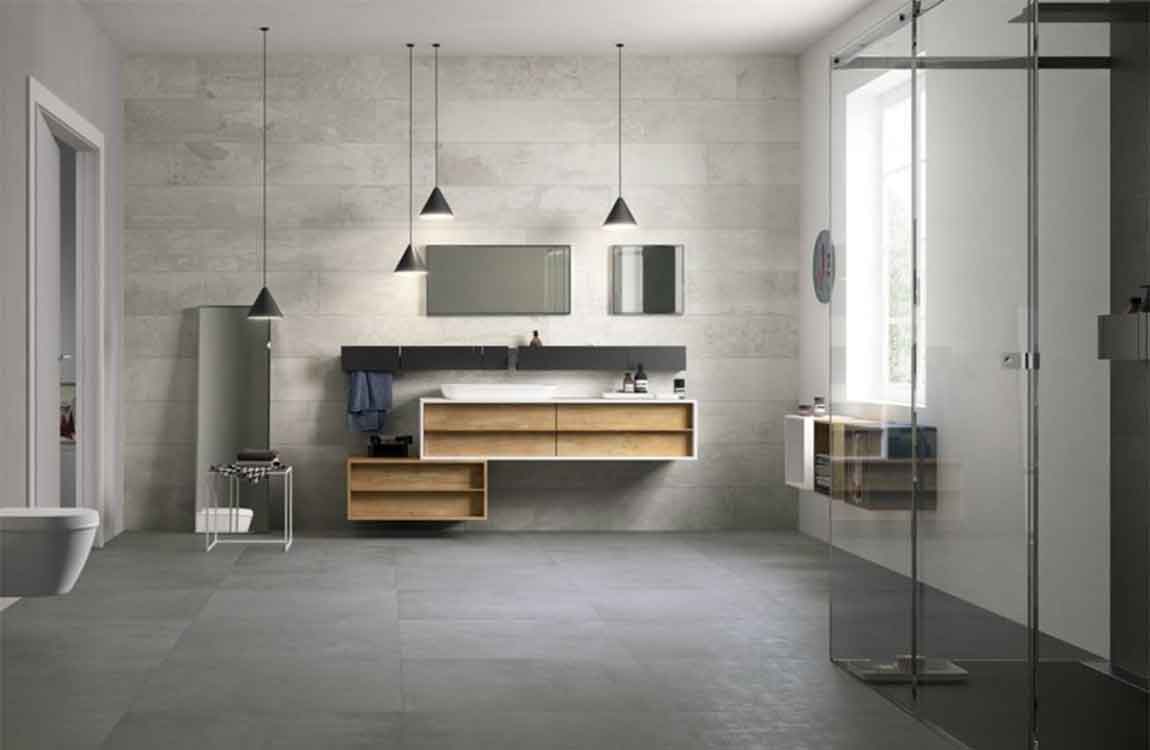
Selecting structure is the most important part quality. In addition to the appearance, the selection of toilet also need to see clearly the structure, outlet, caliber, tank water, and so on, these parts can not be ignored, otherwise it will affect the use of the entire bathroom.

Many brands now have 2-3 drain holes (depending on the caliber), but the more the drain holes, the more the impact. Bathroom outlet has drainage and horizontal drainage, to measure the distance between the center of the outlet and the wall behind the tank, buy the same type of toilet to “sit apart from each other.” The outlet of the horizontal drainage toilet should be equal to the height of the horizontal outlet, preferably slightly higher.
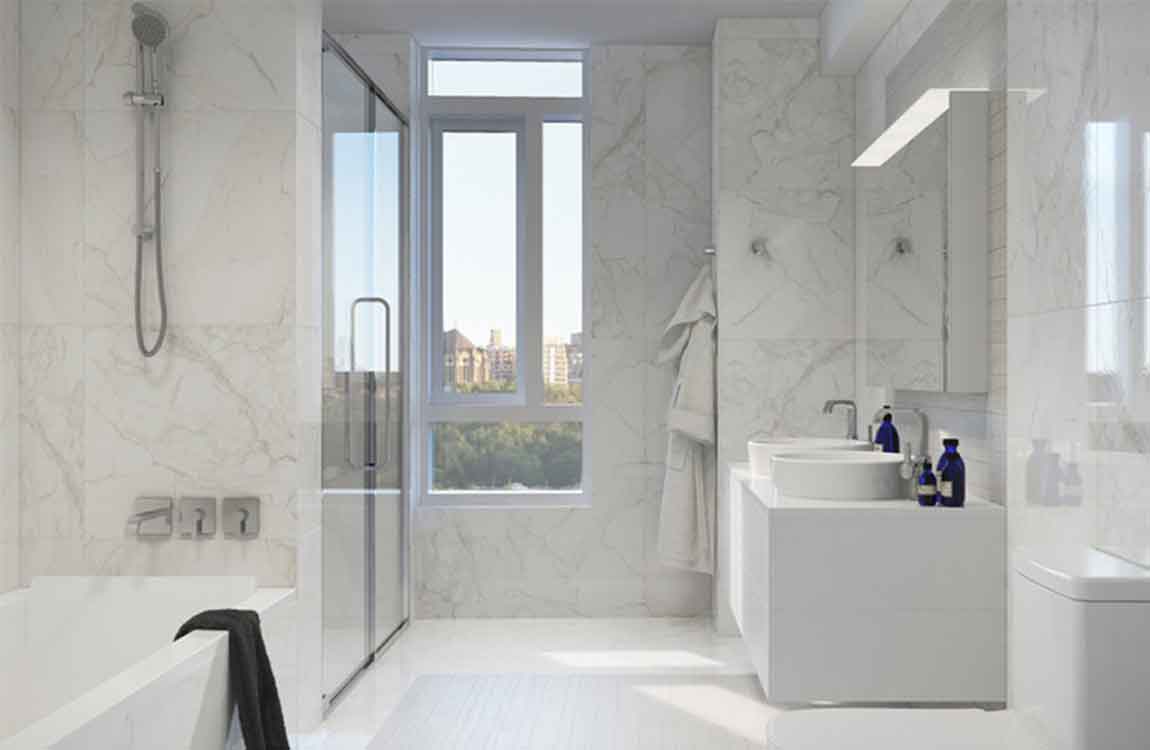
Bathroom internal caliber test. The sewage pipe with large caliber and glazed inner surface is not easy to hang dirt, and the sewage discharge is rapid and powerful, which can effectively prevent blockage. Test method: put the whole hand into the toilet, and generally have a palm capacity.
Brand toilet and common toilet water quality is very different, because almost every family has experienced the hardship of water tank, so when choosing toilet, do not ignore the water this link. Test method: put the water part to the end and hear the button giving out crisp sound for the best. The most important inspection of toilets is the actual test, the water tank, flushing effect, water use, etc. to do a personal inspection test, so that the selection of toilets have quality assurance.
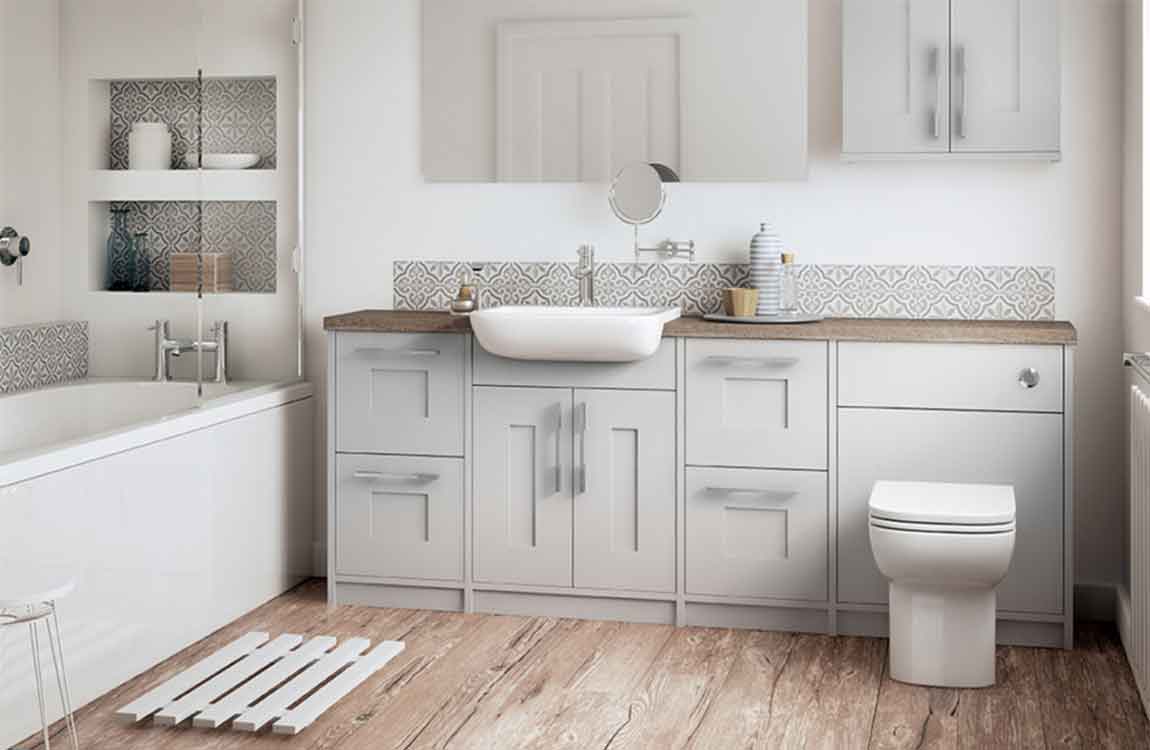
The water leakage of the water storage tank of the toilet can be determined by the sound of dripping water, which is generally not easy to detect. Test method: Put blue ink into the toilet water tank, mix well and see if there is blue water flowing out of the toilet outlet, if there is, indicating the toilet leak. The toilet should have the basic functions of scouring thoroughly.
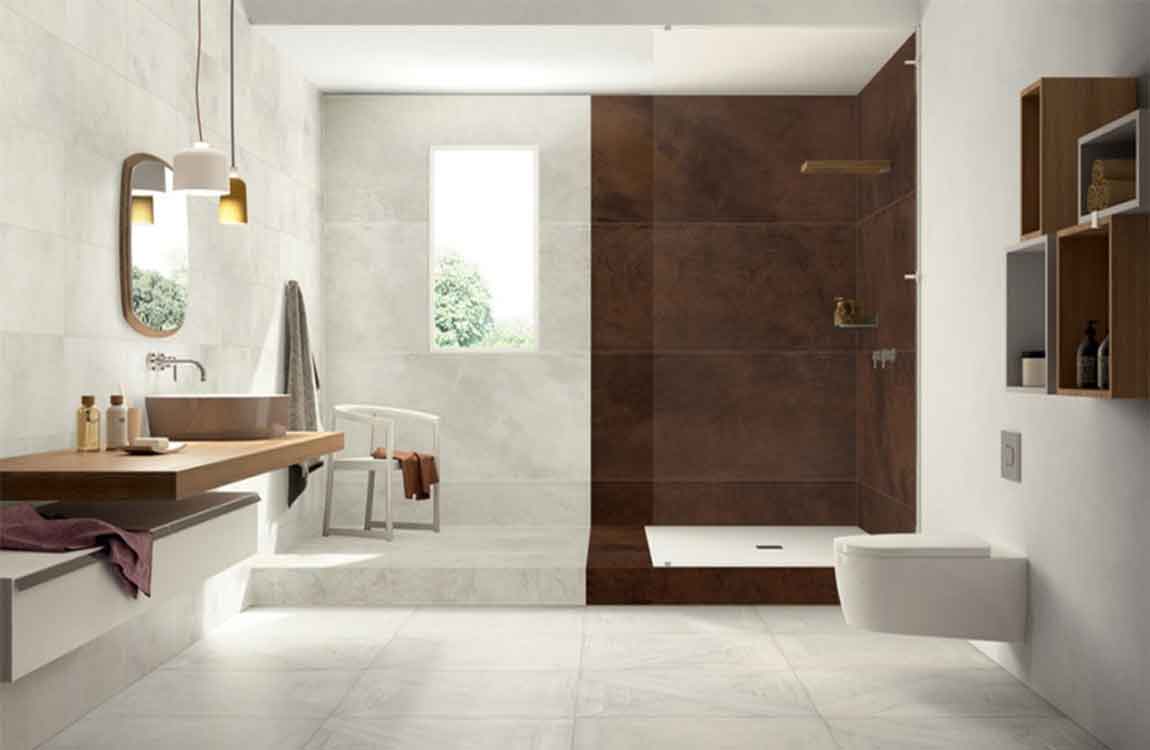
The flush type and siphon flushing type toilets have strong discharge capacity, but only sound when flushing. The swirling toilet has large water consumption at a time, but has a good mute effect. It is recommended that direct siphon toilet can not only wash dirt quickly, but also save water. Test method: Place a piece of white paper in the toilet, drip a few drops of blue ink into the toilet, and flush the toilet when the paper is dyed blue. See if the toilet flushes thoroughly and listen to the mute effect of flushing.
